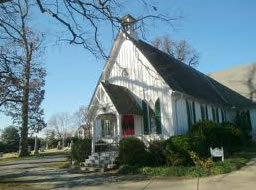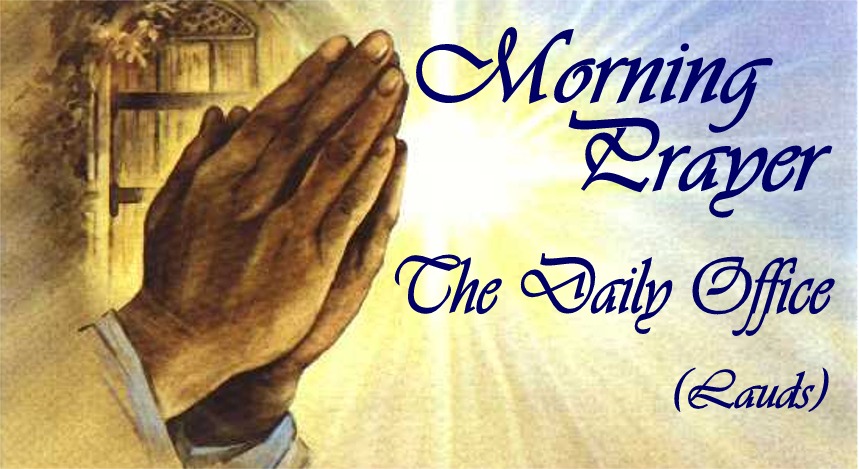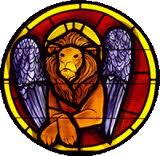Morning Prayer at St. Mark’s
YOU ARE INVITED - COME ANY DAY
A lay ministry dedicated to our parish and our community, welcomes you to 20-25 minutes before the workday begins.
MONDAY-TUESDAY-THURSDAY-FRIDAY at 7:45 A.M. in the church | WEDNESDAY at 9:00 A.M. in the parish-house chapel.
 |
A renewed series of morning prayer -- at a time that makes it attractive if you’re setting out for work or commuting. The power of this joyous and regular joining with others for about 23 minutes can be tremendously rewarding. |
 |
||
It's not “Sunday church”, it’s opening yourself to God in the company of others. And there’s a set-aside where we offer thanks and intercessions. ONCE a week, or EVERY WEEKDAY, or as the Spirit moves you! It’s part of “the Daily Office”, spoken and prayed by |
millions of Christians, using the two rites in our prayer book – usually beginning on page 80. Scripture, psalms, formal and informal prayers. |
A Brief History of Fixed-Hour Prayer
The Age of the Apostles Fixed-hour prayer is, with the Eucharist, the oldest surviving form of Christian spirituality. Centuries before the birth of Jesus of Nazareth, the psalmist wrote that “Seven times a day do I praise you” (Ps. 119:164). Although scholars do not agree on the hours of the set prayers, by the first century they became close to their present-day schedule. And they were scattered across the Roman Empire.
The Empire’s efficiency depended on the organized conduct of each business day. In the cities, the forum bell rang the beginning of that day at six o’clock each morning (prime or “first” hour); days progressed again at nine o’clock (terce or third hour); sounded the lunch break at noon (sext or sixth hour); called citizens back to work by striking at three o’clock (none or ninth hour); and closed the day’s markets by sounding again at six o’clock in the afternoon (vespers or evening hour).
The church observed this in Christian prayer. The healing of the lame man on the Temple steps by Peter and John (Acts 3:1), occurred when and where it did as two were on their way to ninth-hour (three o’clock) prayers.
From its very earliest days, the Christian community incorporated the Psalms in their prayers (Acts 4:23—30); and the Psalter has remained as the living core of the daily offices ever since. By 60 A.D the author of the first known manual of Christian practice, the Didache, was teaching the inclusion of the Lord’s Prayer at least three times each day. By the second and third centuries the church Fathers assumed as normative the observance of prayers in the morning and at night as well as for the so-called “little hours” of terce, sext, and none. . . or in modern parlance, nine a.m., noon, and three p.m.
That concept was to remain into our own time as a realized grace for many, many Christians, both monastic and lay. Christians today, wherever they practice the discipline of fixed-hour prayer, frequently find themselves passing its final “Amen,” on to other Christians in the next time zone. Like relay runners passing a lighted torch, those who do the work of fixed-hour prayer create thereby a continuous cascade of praise before the throne of God.
From St. Benedict to the Middle Ages
Once the notion of unbroken prayer had entered monastic practice, so did much longer ones. Monks’ fixed-hour prayers became standard for both the Eastern and the Western branches of the Church. For nonmonastic clergy and for the laity; the prayers appointed for the fixed hours were of necessity much, much shorter, often confined to something like the brief minutes of present-day observance. There were many public churches or basilicas pastored by monastic orders, and in these there was some blending both the cumbersome monastic and more economical lay practices. St. Benedict fashioned his famous Rule after the offices as they were observed by monastics in the open basilicas of Rome. It was, St. Benedict whose ordering of the prayers was to become a kind of master template against which structuring of the Divine Hours was to be tested. It was also Benedict who first said, “Orare est laborare, laborare est orare.” “To pray is to work, to work is to pray.”
(Adapted from “Divine Hours” by Phyllis Tickle)
--------